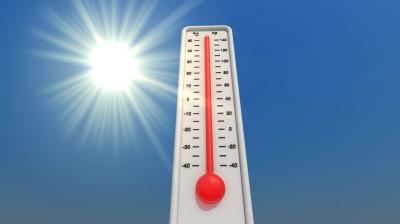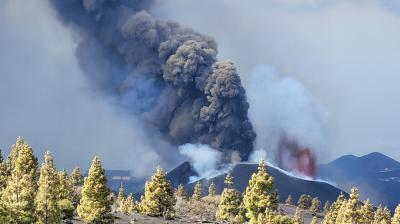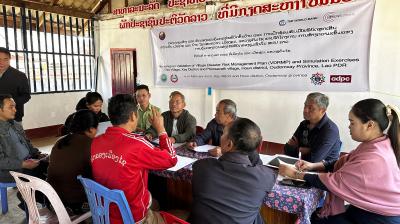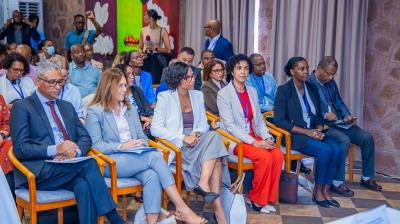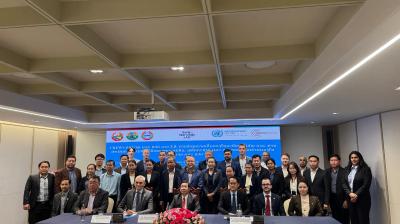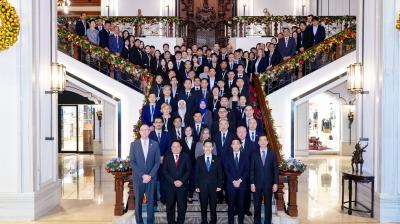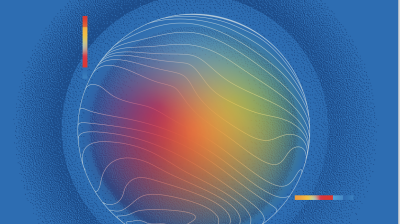Executive Council approves Global Greenhouse Gas Watch implementation plan
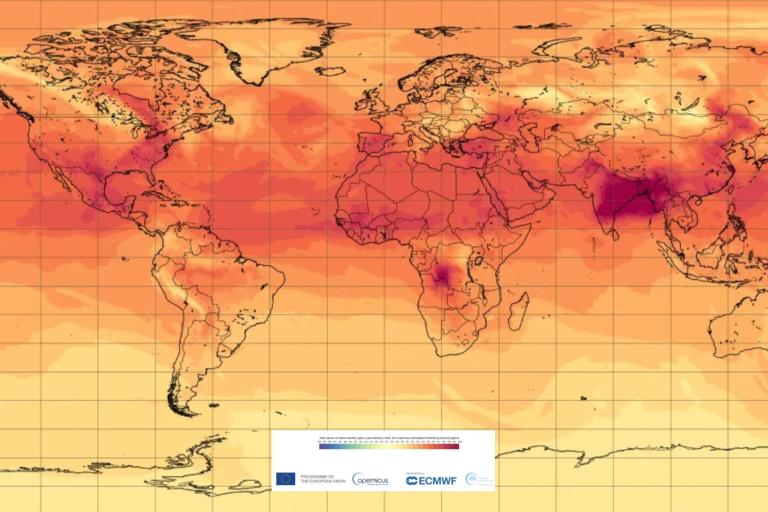
The implementation plan envisages a staged approach, starting with a pre-operational phase from 2024-2027. The system will be built on the basis of the long-term efforts of WMO in coordination of greenhouse gas observations and research.
The initial focus will be on the three most important greenhouse gases influenced by human activities, namely carbon dioxide (CO2), methane (CH4), and nitrous oxide (N2O). It takes into consideration both human and natural influences on the levels of greenhouse gases in the atmosphere.
“Global Greenhouse Gas Watch is the result of a large teamwork that spans over several years and has strong support of the greenhouse gas science community,” Greg Carmichael, Chair of the Global Atmosphere Watch Programme, told Executive Council.
The Global Greenhouse Gas Watch (G3W) aims to support WMO Members in mitigation actions undertaken to implement the Paris Agreement. It seeks to fill critical information gaps and provides an integrated, operational framework that brings under one roof all space-based and surface-based observing systems, as well as modelling and data assimilation capabilities in relation to greenhouse gas monitoring.
The Executive Council resolution recommends any greenhouse gas monitoring to be carried out with “full transparency,” in accordance with WMO’s Unified Data Policy for free and unrestricted international exchange of Earth system data.
Record CO2 Concentrations
The need for improved monitoring to support mitigation is highlighted by a new report from scientists from the US National Oceanic and Atmospheric Administration and the Scrips Institution of Oceanography at the University of California, San Diego.
Levels of CO2 measured at NOAA’s Mauna Loa Atmospheric Baseline Observatory by NOAA’s Global Monitoring Laboratory surged to a seasonal peak of just under 427 parts per million (426.90 ppm) in May, when CO2 reaches its highest level in the Northern Hemisphere. That’s an increase of 2.9 ppm over May 2023. When combined with 2023’s increase of 3.0 ppm, 2022 to 2024 has seen the largest two-year jump in the May peak in the NOAA record.
“The CO2 concentrations are well measured at the baseline observatories but to provide actionable information, more accurate and timely global maps of CO2 fluxes and concentrations are necessary at monthly frequency and with sufficiently resolved spatial details,” says Gianpaolo Balsamo, G3W Director.
The G3W implementation plan provides for this.
It also envisages an operational surface-based network and dedicated satellites to help quantify where and when emissions occur.
The implementation plan was prepared by the Greenhouse Gas Study Group under the leadership of Greg Carmichael and Vincent-Henri Peuch (Deputy Director of the Copernicus Department at ECMWF, and the WMO Secretariat.
The WMO Infrastructure Commission (INFCOM) approved the Global Greenhouse Gas Watch Draft Implementation Plan at its session in April.

Paris Agreement
The implementation plan aims at further strengthening collaboration and coordination with Members, relevant UN agencies and other international partners engaged in greenhouse gas monitoring and modelling activities, mobilizing partner resources and ensuring equal access for all Members to WMO resources, including means to ensure global comparability of GHG monitoring data.
It stresses the need for engagement with stakeholders at international forums, such as the Conference of the Parties to UNFCCC (COP), to promote the uptake and use of the data and products generated by this infrastructure.
At the UN Climate Change Conference, COP28, in Dubai, the Subsidiary Body for Scientific and Technological Advice) explicitly addressed the WMO initiative.
“The SBSTA noted the new Global Greenhouse Gas Watch initiative, aimed at establishing sustained, routine global monitoring of greenhouse gas concentrations and fluxes. It recognized that this initiative is intended to improve the quantification of both natural and anthropogenic greenhouse gas sources and sinks, and to complement emission inventories, noting that reporting and greenhouse gas inventory guidelines are as adopted under the Convention and the Paris Agreement.”
The Paris Agreement, adopted by 196 Parties at the UNFCCC Conference of the Parties in 2015, sets specific targets for maximum rise in global mean temperature and indicates that the means to achieve this target is through the net reduction of GHG emissions.
The vision for G3W develops beyond 2032 in full compliance with the Paris Agreement Enhanced Transparency Framework cycle, that will provide progress assessments towards the climate neutrality goal and ambition.
G3W will aim at providing actionable information assisting the countries in their Long-Term-Low greenhouse gas Emission Development Strategies that are providing the long-term horizon for the Nationally Determined Contributions (NDCs).
Joint Advisory Group
The resolution approved by the Executive Council envisages a joint advisory group, co-chaired by the WMO Infrastructure Commission (INFCOM) and the WMO Research Board, to guide the implementation of the plan, with the appropriate involvement of external stakeholders.
It requests the WMO Secretary-General to ensure, within existing budgetary provisions and administrative arrangements, adequate cross-cutting activities in the Secretariat, to support the implementation of the plan.
In order to guarantee the efficacy and celerity of G3W implementation, there will be a call to all WMO members for more expert human resource support and active participation in a joint Advisory Group and other relevant teams that will support the G3W activities.


